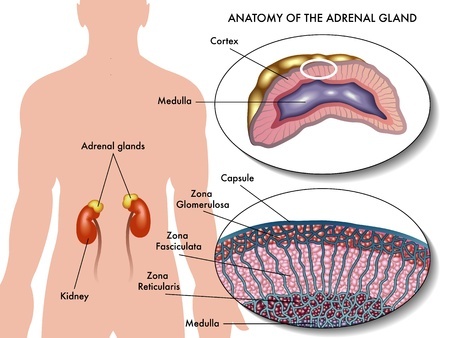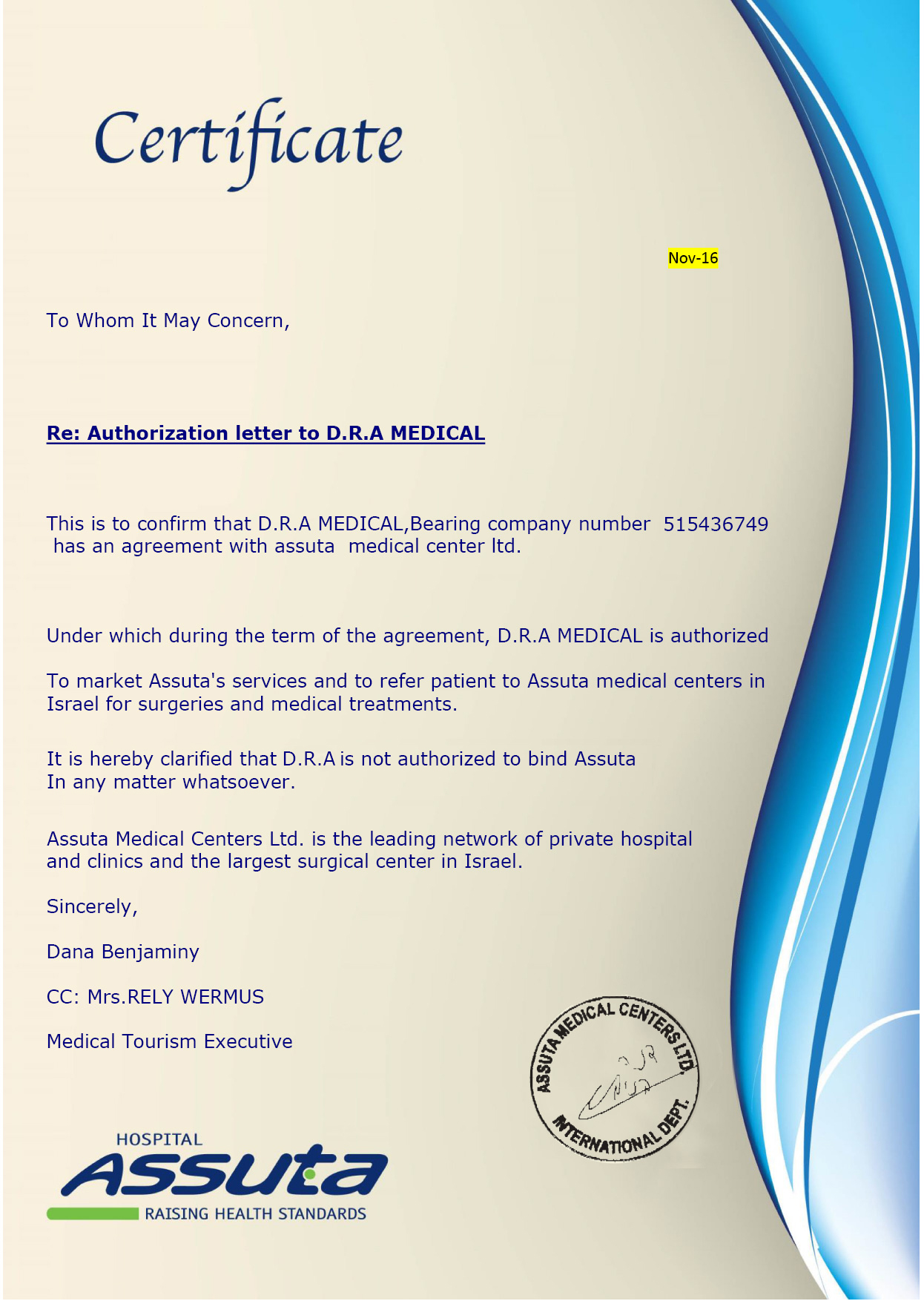Definition and overview
The adrenal glands are two small organs located above each kidney. The adrenal glands produce several hormones, like cortisol and epinephrine. These hormones play an important role in a number of bodily functions such as control of blood pressure, water usage, etc.Diseases of the adrenal glands are relatively uncommon and mainly caused by tumors, the majority of which are not malignant. Laparoscopic adrenalectomy is a minimally invasive surgical procedure that involves the removal of an adrenal gland. This is done when the severity or the complexity of the pathology suggests that the removal of gland might be the best therapeutic approach.

The techniques for laparoscopic removal of adrenal glands are diverse and may differ depending on the adrenal gland to be removed, due to the anatomical differences between the right and left adrenal glands. In general, the procedure involves making three to five small incisions that will allow for insertion of a small camera and long tubes. Surgical instruments are introduced into the abdomen through those tubes. The video camera provides an image of the inside of the patient’s body, guiding the surgery.
Advantages and disadvantages of the procedure
Like many other surgical techniques, laparoscopic surgery has its advantages and disadvantages. In comparison with open surgery, the main advantages include the following:- Reduced hemorrhaging and reduced chance for blood transfusion
- Smaller surgical incision. This results in less pain, less pain medication to be used, shorter recovery time, as well as less post-operative scarring
- Shorter hospital stay. Often the patient is discharged on the day of surgery
- Reduced risk of getting infections as the exposure of internal organs is minimized
- Laparoscopy gives a direct access to the abdominal organs without the need for major surgery.
Despite the obvious benefits of laparoscopic surgery, it is associated with a number of disadvantages. One of them is the relatively high cost of procedure. Not all hospitals can afford keeping a laparoscopic unit. Special training and skills are required for surgeons to perform such a procedure. Laparoscopic approach is not suitable to perform some complicated surgeries which may require a full field of vision. Finally, laparoscopic surgery not always fixes the problems, which may result in the need for another, open surgery.

Reasons for the procedure
Common indications for the laparoscopic removal of the adrenal gland are as follows:
- Hormonally active tumors, i.e., tumors that lead to an increase in the production of adrenal hormones. These include aldosteronomas and pheochromocytomas, for example.
- Other masses that are not active, called nonfunctioning tumors, with a size less than 4-6 cm with and without a rapid or progressive growth. Other masses that don’t fit these criteria, but are larger than 6 cm and must be removed due to a high risk of cancer.
- Metastatic disease, i.e. the cancerous masses originating from the expansion of a cancer grown in other organs.
- Patients who have a type of brain tumor that produces an increased amount of adrenocorticotropic hormone (ACTH) which, in turn, is responsible for the excessive stimulation of the adrenal glands. Adrenal gland removal is only considered if this brain tumor does not respond to the standard radiation therapy and neurosurgical approaches.
Risks of the procedure
In spite of its minimally invasive nature, laparoscopic adrenalectomy still carries some risks. These include:- Adverse reactions to the anesthesia
- Increased blood pressure
- Bleeding
- Damage to the nearby organs, such as kidneys
- Infection of the surgical wound
- Blood clot formation
- Heart attacks
Contraindications for the procedure
Laparoscopic adrenalectomy is absolutely contraindicated for patients with uncontrolled blood clotting problems, serious cardiopulmonary dysfunctions and locally advanced tumors.This procedure can be contraindicated in certain patients who are pregnant and in patients who have had extensive abdominal surgery in the past.
The success rate for the laparoscopic adrenalectomy is high, but the eventual cure of the patient depends mostly on the nature of underlying condition.









